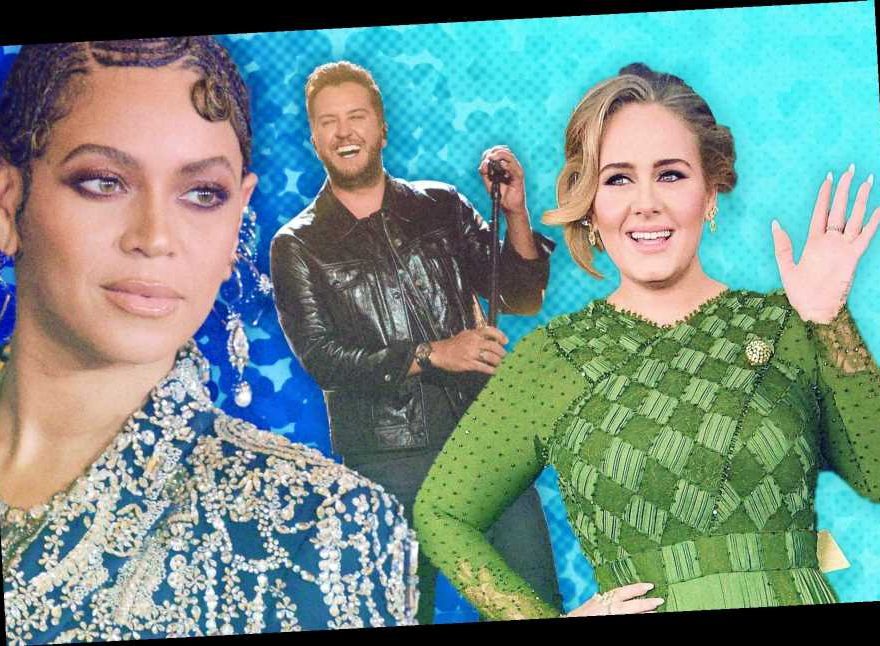In its early days, streaming offered a glimmer of a utopian free-for-all: A music landscape where all artists had equal chances of making it big, where a $9.99-per-month endless buffet of music would drive listeners away from the mainstream and into the niche. Wired editor Chris Anderson was so optimistic in 2004 that he famously suggested that streaming would upend our notions of supply and demand, creating a “long tail” where the non-hits would get a bigger share than they ever had before.
But in the reality of 2020, things look largely the same. Sure, albums have given way to playlists, hip-hop is the new pop and digital downloads have all but vanished. But the enormous disparity, the who-has-what of it all — that part hasn’t really changed.
In fact, streaming hasn’t just upheld the gap between music’s haves and have-nots; it’s widened it.
If you were to take the more than 1.6 million artists who released music to streaming services in the past year and a half and ranked them by their total streams, you’d find that the top 16,000 of those artists pulled in 90 percent of the streams. And it doesn’t take more than a basic grasp of math to realize that this leaves 1.6 million artists with just 10 percent of the streams. Figures from Alpha Data — the analytics company that powers the Rolling Stone Charts — for on-demand audio and video streams of music released between January 18th and July 17th of 2020 show this disparity; Spotify also recently confirmed a similar in its own data.
Per Alpha Data, the top 10 percent of artists take nearly all the streams. The top 160,000 artists who released music during that time period saw 99.4 percent of the streams. Almost half of the artists analyzed saw fewer than 100 streams on the music. DaBaby, who had a rather prolific year and a half with three albums released, was the artist with the most streams on music released during this time. He’s had almost twice as many on-demand audio streams as the bottom 90 percent of artists combined.
Streaming’s chasm is actually more significant than that of sales. Physical album sales are where things are a most equitable: The top 1 percent of artists accounted for 54 percent of all physical album sales in the same January-July period.

If we plot this out on a Lorenz curve, which is used in economics to measure income inequality, physical album sales come closest to what economists call the “Line of Perfect Equality,” the nearly hypothetical ideal where the bottom 1 percent get 1 percent, the bottom 2 percent get 2 percent, and so on and so forth.
Streaming does, however, mark a notable improvement from radio, where the top 1 percent received practically all — read: 99.996 percent — of radio spins on the music released during that time.
Streaming is, of course, an improvement in many ways. A listener is far more likely to stream an album than to buy it, and the release of a physical album is often reserved to artists who have the resources or label support to do so. A recent Spotify analysis in Quartz also revealed that over the past two years — as Spotify has placed more emphasis on discovery playlists like Discover Weekly — the top 40 songs on Spotify have seen a drop in streams, while the streams for the top 41 to 200 have remained relatively stable.
But while the plethora of options on streaming has inspired people to venture beyond the top 40, they don’t seem to be venturing much deeper into streaming’s seemingly massive ocean of music, one that gets bigger every day. (Last year, Spotify CEO Daniel Ek estimated that close to 40,000 tracks were being added to the service every day.)
The everyday music listener needs direction. Streaming services don’t share what percentage of streams come from editorial playlists, but our guess is somewhere around… a lot. Placement on editorial playlists like Rap Caviar are so valuable, in fact, that many artists have started paying third-party companies to push their music to Spotify playlists.
“You’re just gonna get drowned out, no matter what,” Jason Grishkoff, who runs one of these companies, SubmitHub, told Rolling Stone earlier this summer. “I don’t envy most of the artists out there.”
Source: Read Full Article
